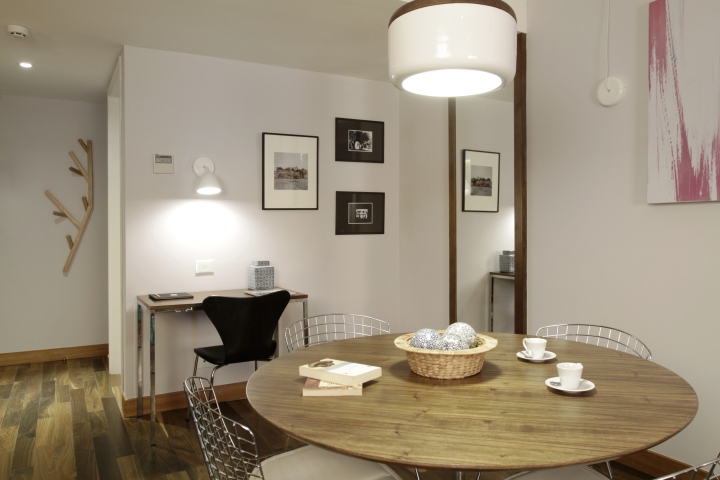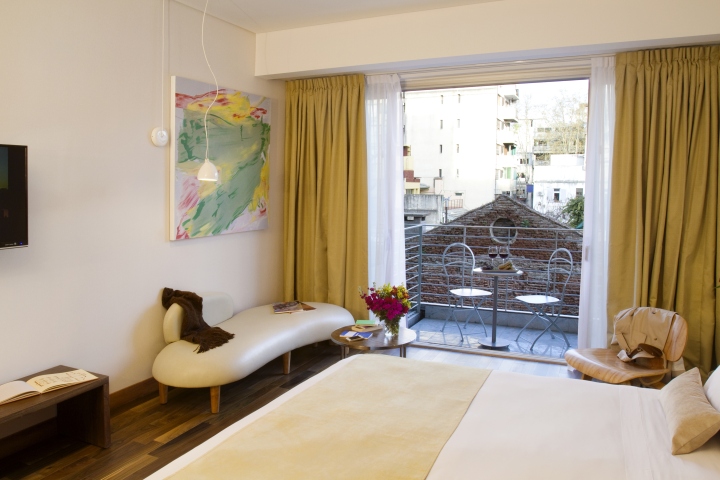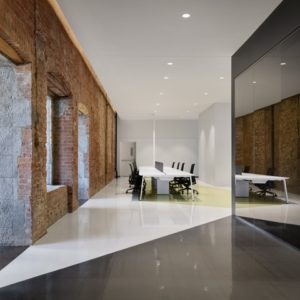


Palo Santo Hotel was the dream of a young Argentinan couple – Pablo Porolli and Aurelia Monnier – who were intent on building the first Green hotel in Argentina. Mario Zito, AISENSON Arquitectos, was commissioned to design Palo Santo. Zito had always been exploring green building since his interest in this area comes from an aesthetic stance on modern architecture. Zito strongly believes that contemporary urban design must incorporate massive green surfaces to buildings.

Therefore, the decision to develop green façades, rooftop, and patios in the hotel. Vertical gardens and more than 900 plants covering facades, balconies, patios and the roof as well as several fountains streaming throughout the hotel – the largest being 20 meters high extending from the 6th floor to the lobby. Its green configuration features a metal structure throughout both facades in a grid-like fashion to sleekly guide the growth of vines, jasmine, and trees, enveloping the property with enduring life and grace.

This project changed his vision on architecture and believes a building has to include a certain dose of green building such as green surfaces or structural green standards. Palo Santo’s extensive sustainability program covers energy, water, CO2 and O3, insulation, air and operations. The plants are not only aesthetically pleasing, but they achieve an ecological goal by providing natural insulation for the building against climate extremes, helping to insulate the external head and cold, reducing the impact of the wind and absorbing water excess.

The hotel reduces its carbon footprint by 80% resulting from these 800 plants providing a source of oxygen and absorbing CO2. The hotel’s eco-responsible agenda has resulted in the following noteworthy achievements: 82% less electricity spent due to LED lighting, 57% less energy spent for heating and cooling due to VRV Inverter AC system, 50% less energy spent by state-of-the-art insulation, 67% of water saved by efficient toilets, 50% less water due to trickle irrigation and 2.5 tons of CO2 absorbed by the hotel’s plants each year.
Design: AISENSON Arquitectos

























































































Add to collection










